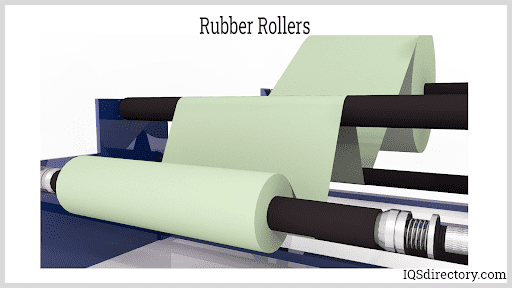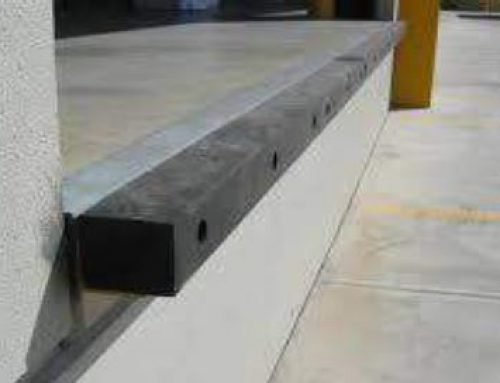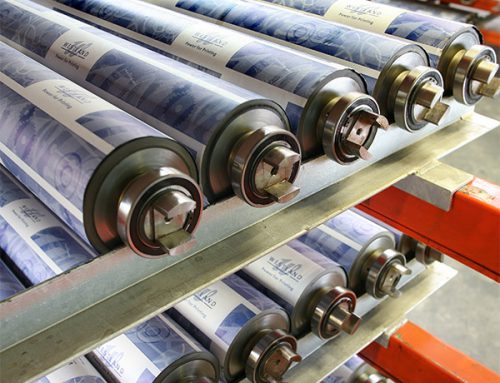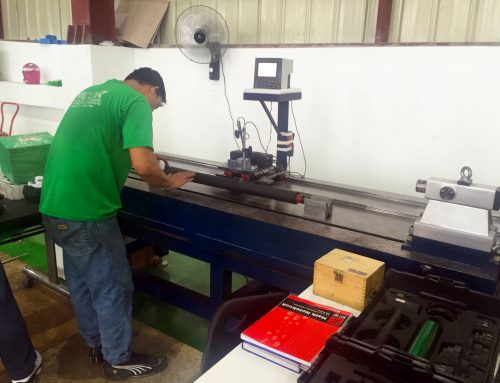What is a Rubber Roller?
A rubber roller is a machine part that is composed of an inner round shaft or tube covered by an outer layer of elastomer compounds. The inner shaft is made of steel, aluminum alloys, or other strong and rigid material composites. The outer layer, on the other hand, is typically fabricated from a polymer such as polyurethane, silicone, EPDM, neoprene, and natural rubber. Rubber rollers are used in different manufacturing processes for performing operations such as:
- Printing
- Pushing and Pulling
- Film Processing
- Material Conveying
- Squeezing and Wringing
- Straightening
- Cooling and Uncooling
- Pressing
- Laminating
- Driving
- Deflecting
- Feeding
- Spreading
- Coating
- Grains Milling
- Pushing & pulling
- Wringing
- Straightening
- Coiling/Uncoiling
- Driving
- Deflecting
- Metering
- Embossing
- Tensioning
- Converting
- Sanding (belt)
- Cutting (bandsaw)
- Sorting

Rubber rollers take advantage of the desirable properties of elastomers such as impact strength, shock absorption, compression and deflection, abrasion and chemical resistance, high coefficient of friction, and controllable degree of hardness. These properties make them suitable for handling manufactured goods without causing damage to the item or to itself, in comparison with metal rollers. Plus, the rubber covering can be regrouped or repaired to continue its service life; in most cases, in less time and investment than a metal core repair. They are the preferred machine parts for applications requiring high surface durability with low to medium hardness. Rubber rollers, with proper design and engineering of the rubber compound, can withstand degrading forces brought by mechanical and thermal factors, chemical and environmental factors. (https://www.iqsdirectory.com/articles/rubber-roller.html#rubber-roller-construction)












